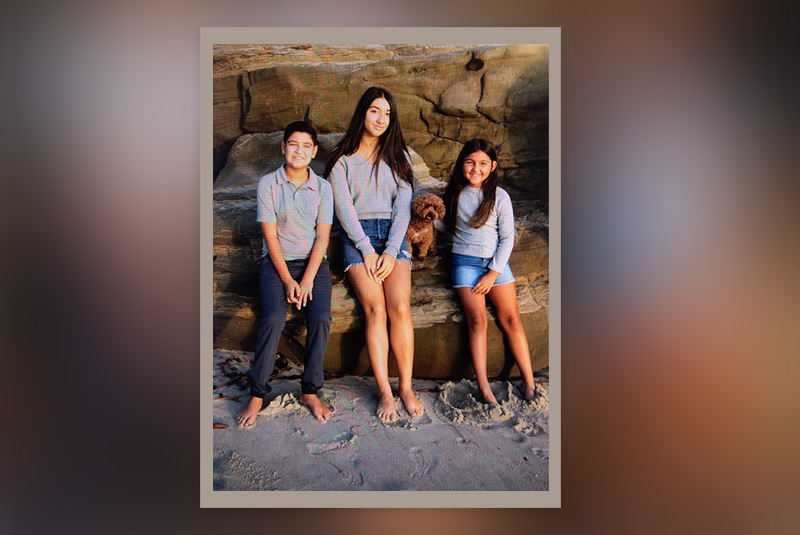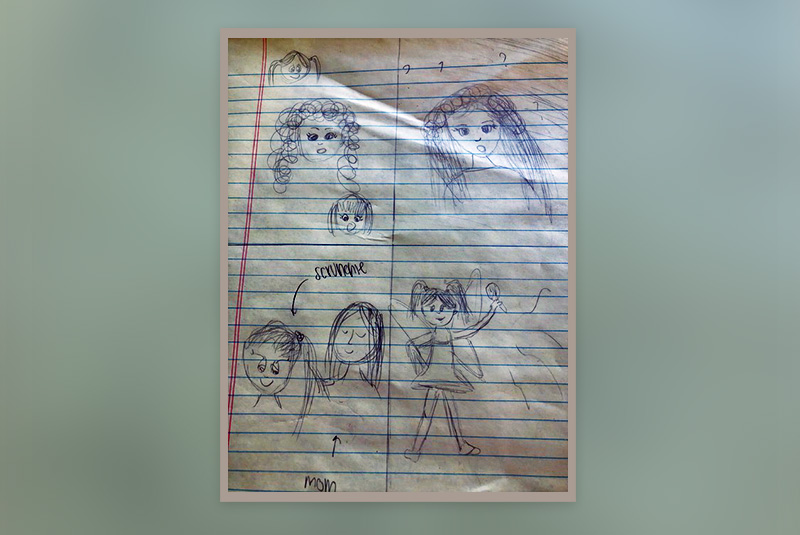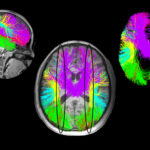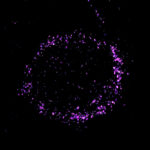Teen author dedicates a children’s book to her twin brother with Shwachman-Diamond syndrome

Sophia Namazy, 14, has a hero: it’s her twin brother Max, who has Shwachman-Diamond syndrome. This is a rare and very serious genetic condition that impacts multiple systems in the body, including the bone marrow, pancreas, skeleton, and immune system.
Although her brother is currently doing well, people with this disease have a high risk of myelodysplastic syndrome (MDS) or leukemia that doesn’t respond well to treatment, so this is always a concern.
While the twins share many common traits and experiences, this illness is one thing that Max has had to go through alone. This fact recently prompted Sophia to do something special for Max — both to celebrate his strength and, at the same time, to serve as a catalyst for good.
She wrote a children’s book called Pigtails, Ponytails and Fairy Tales that’s currently available on Amazon about their 8-year-old sister Poppy’s bad hair days, and dedicated the story to Max.
“Max inspires all of us because of everything he has to go through,” Sophia explains.
Supporting new treatments — or even a cure
She is also donating the proceeds from the sales of the book to support research on Shwachman-Diamond syndrome being conducted by Dr. Akiko Shimamura, Max’s oncologist and director of the Bone Marrow Failure and Myelodysplastic Syndrome Program at Dana-Farber/Boston Children’s Cancer and Blood Disorders Center.
“If we can help other kids like Max with the money we raise, or if we can even find a cure, it’s worth it,” Sophia says.

Dr. Shimamura is so pleased by the donation — and the potential it holds.
“With the help of these funds, we hope that someday children with Shwachman-Diamond syndrome will no longer have to undergo regular painful bone marrow exams or run to the hospital every time they get sick or worry about leukemia,” Dr. Shimamura points out, adding, “We are inspired by patients to find a cure for this disease, and, as you can see, their siblings and families are pretty inspiring as well.”
Coming together around a common goal
Parents Jennifer and David point out that the book was a true collaboration involving all three children. While siblings often feel left out and scared when one child in the family has a serious illness, working together on the project has given Sophia, Max, and Poppy a chance to all come together around a common goal, and in the process, it has given them the chance to do something that may someday change the fate of kids with this illness, rather than sitting back feeling scared or hopeless.
Max’s journey with Shwachman-Diamond syndrome
The book has also provided the family with an unexpected forum to help raise awareness about Shwachman-Diamond syndrome, since it’s a condition that many people have never heard of.
Max was initially diagnosed with Shwachman-Diamond syndrome as a baby, after his parents, who are both physicians, recognized the signs. Luckily his condition is mild, Jennifer says, although it has had an impact on his growth and learning. Max and the family also make annual trips from their home in California to Boston to check his bone marrow function (bone marrow produces red and white blood cells and platelets, thus playing a key role in fighting infection).
Concern about Max and his well-being has always been a significant factor in the family’s dynamics, Jennifer admits. “While Max’s condition is on the milder side, it’s still a part of our lives,” she says. “There are times when Max does get sick and we all worry. We are just more aware of it.”
Celebrating ‘normal’
That’s why the concept of Sophia focusing the theme of the book hair days — such a “normal” concern — was so appealing. Jennifer says this serves as an important reminder that most of the time, they are truly just a regular family with everyday problems that aren’t focused on Max’s illness at all.
“The book actually came about because Poppy wakes up with messy hair every morning and it’s hilarious. I said a fairy comes in the middle of the night and messes it. Sophia thought the idea would make a great book, so she started sketching,” Jennifer says. Then Sophia also decided to use the book to celebrate Max, too, who says he is quite honored by it all.

“I hope the money the book raises can help other kids with my condition. I know I am healthy now but there are kids out there who are sicker so I would like to be able to do something for them,” Max says.
Learn more about the Bone Marrow Failure and Myelodysplastic Syndrome Program.
Related Posts :
-

Parsing the promise of inosine for neurogenic bladder
Spinal cord damage — whether from traumatic injury or conditions such as spina bifida — can have a profound impact on bladder ...
-

Thanks to Carter and his family, people are talking about spastic paraplegia
Nine-year-old Carter may be the most devoted — and popular — sports fan in his Connecticut town. “He loves all sports,” ...
-

Unveiling the hidden impact of moyamoya disease: Brain injury without symptoms
Moyamoya disease — a rare, progressive condition that narrows the brain’s blood vessels — leads to an increased risk of stroke ...
-

A new druggable cancer target: RNA-binding proteins on the cell surface
In 2021, research led by Ryan Flynn, MD, PhD, and his mentor, Nobel laureate Carolyn Bertozzi, PhD, opened a new chapter ...





